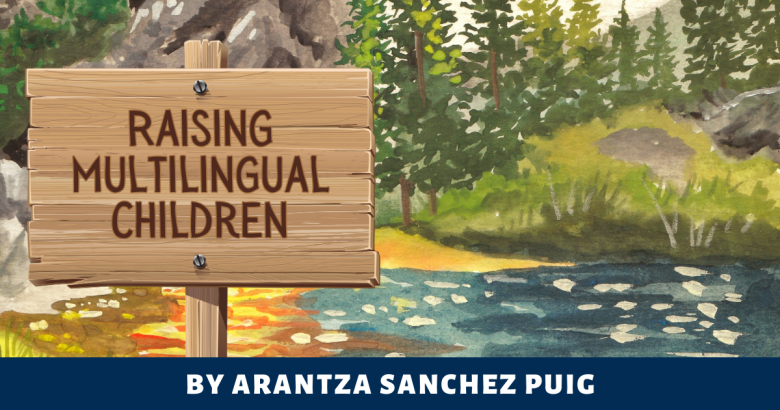By Arantza Sánchez, the founder of My Spanish Magic Zone
Strategies for Simultaneously Transmitting Two Native Languages to Children
Navigating multilingual homeschool can feel like a daunting task, and it’s one that is an incredible privilege. As a parent, you can feel lucky and grateful that you have the opportunity to teach your children two native languages.
Though it may seem like an intimidating journey—it will set your children up for a lifetime of success.
There are many benefits to raising multilingual children in homeschooling. When you commit to taking them on this journey, you’re offering them an abundance of benefits that will contribute to their overall development.
Some key advantages to transmitting two native languages to your children include enhanced communication skills, cultural awareness, career opportunities, and a set of lifelong learning skills that will bode them well.
In this article, we’ll talk about some of the key strategies to help children simultaneously learn two native languages. These strategies can be used as guidelines as you navigate transmitting two native languages to children.
Key Strategy #1: The sooner you start transmitting two native languages to your children, the better.
Now, you may read key strategy #1 and feel like it’s too late to start transmitting two native languages to your child—but it’s not!
It’s never too late to start teaching your child how to communicate in two native languages.
That being said, the earlier you begin, the better.
Michigan State University shares about how children between the ages of 0-3 are able to learn two languages quickly as their brain is in its “most flexible stage.” During this age, children can quickly learn and understand two languages as easily as they learn to walk.
Some parents are concerned that a child may be confused or distracted when learning two languages, but their flexible minds can adapt quickly—putting them at an advantage because they’re able to learn quickly.
Whether you start transmitting two native languages to your child right when they’re born, or you wait until they’re a little bit older—the sooner you introduce them to the two native languages, the quicker they’ll be able to learn and communicate in both languages.
Starting early will put your child at a learning advantage—and it’s never too early to start.
Key Strategy #2: Choose to stay consistent as you transmit two native languages to your children.
So, you’ve decided that you want to transmit two native languages to your children, how do you effectively communicate with them so that they learn?
One of the best tips is to stay consistent.
Continuous exposure to the languages will help your child learn and understand more. It will be challenging for them to maintain their learning if they’re only periodically interacting with one language.
One great way to maintain consistency is to establish clear roles as parents early on. One parent may choose to communicate to the child in one language, and the other parent in another language.
This system empowers the children to know what to expect from their parents, and how to communicate with them. This is also an easy way for parents to stay consistent with exposing their children to the native languages. These clear roles can set consistent expectations for both parents and children.
Another way to maintain consistency is to incorporate books and educational material into your everyday life. This could include recreational content, and it can also include educational content.
You may choose to teach some subjects in one language, and other subjects in another language. You may also choose to encourage your children to rotate what language they read fun books in.
The more opportunities you provide your children with, the more they’ll continue learning their native languages.
Choosing to be consistent with roles and educational curriculum will help your children know what to expect from you and help them stay committed to their continued learning.
Key Strategy #3: Be patient and gracious with your children as they navigate learning two languages.
As a parent, you already know how important it is to be patient—and transmitting two languages to your children is no exception.
It’s important to be flexible in your language learning experience. You may need to adapt your plan to meet your child’s needs.
This could include shifting your learning plan, creating language-rich environments, adjusting your teaching styles, shifting from a textbook curriculum to an open dialogue, or other adaptions.
You know your child best, and you have the opportunity to provide them with a remarkable education where they have two native languages. Continue to encourage this autonomy, celebrate their milestones, and be an encourager.
Have fun with it, and always remember that you’re providing them with a lifelong gift.
Some days are going to be harder than others. There are going to be times where you may want to give up, or take a step back from being consistent. During these moments, don’t forget that you’re providing your children with an incredible gift.
It’s a privilege to have two native languages, and your children will spend the rest of their lives thankful that they’re able to communicate in more than one language. Don’t let the bad days prevent you from moving forward.
Transmitting two native languages to your children is an intimidating undertaking, but it’s one that you’ll be thankful you chose to teach.
By ArantZa Sánchez | From My Spanish Magic Zone
Read More!
- Log in to post comments


